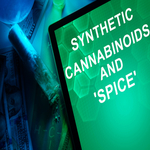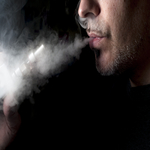Thanksgiving is tomorrow, which, for those in recovery may be a challenge. The majority of people in recovery would drink a lot over the holidays, so it is important to create new rituals and traditions that do not involve mind altering substances. This can be difficult, but it is possible; many recovering alcoholics now look forward to the holidays.
For those who are new to recovery, it is vital that you stay connected to your sponsor and recovery peers over the course of the day. Remember that people have walked the road you are on ahead of you. Learn from their past experiences, the dos and don’ts of recovery over the holidays.
Attending holiday dinners and/or parties should be approached with caution. Alcohol is likely to be in the hands of your peers, and you want to keep your distance as much as possible. It is always smart to bring a friend in recovery to such events, having someone around who is working towards a common goal can be a huge help. If you are having cravings you talk about it with them, if the urge does not dissipate then it is best to leave the event.
Family gatherings can really test the strength of your program. If you plan to attend, it is a good idea to leave early before people become intoxicated. It is never any fun being around drunk people when you are in recovery. If your family is not an active part of your life, spend time with your recovery family.
On Thursday, there will be 12-step meetings happening all day long. If you miss your homegroup, there are many other meetings you can attend. A number of meeting houses will be holding Thanksgiving events, such as a dinner and a meeting. Recovery events can be a great time, and a perfect opportunity to create a new ritual for the holidays. If you have time, volunteer your help, it is a great way to get out of your head. They are also a great opportunity to meet other members in your recovery community.
Harmony Foundation would like to wish everyone in recovery a safe and sober Thanksgiving. __________________________________________________
If you are or a loved one is one is active in their addiction, please contact Harmony Foundation to begin the journey of recovery. Harmony is a state-of-the-art, affordable, residential addiction treatment program located in the Rocky Mountains.








